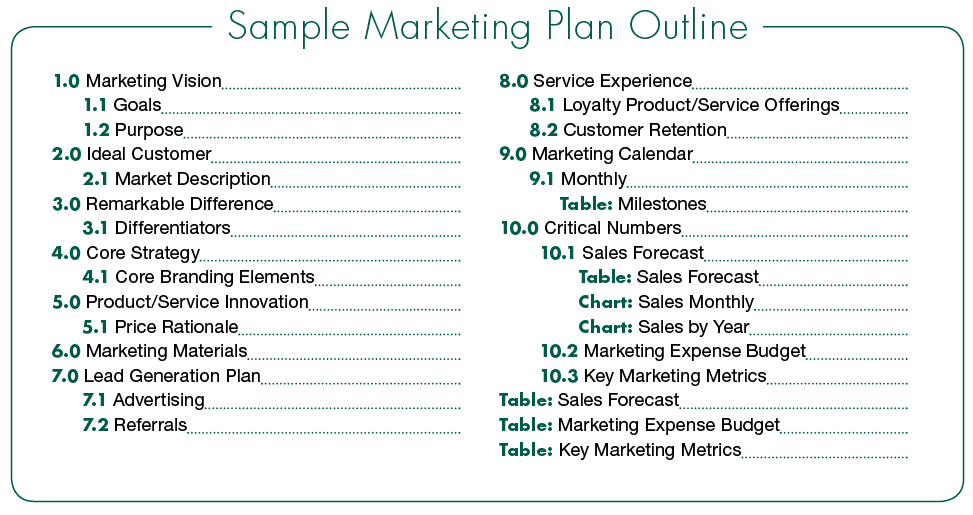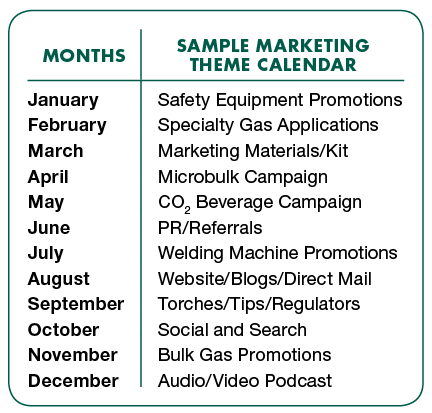Really? Every business? This will seem obvious to larger companies with skilled marketing teams and dedicated resources, but to the small, independent business owner, along with a small staff of do-everything-every-day employees, it might not strike a chord. As a matter of fact, it could probably come off as being a nuisance, but stay with me here and I’ll explain why and provide a clear and simple means to get there.
- Ask yourself a few questions first:
- What is my brand or identity?
- Where is my business today?
- Who is my ideal customer?
- What is my competition doing? Look around and evaluate social media strategies that others like Sidney Lee Welding are using. Consider your own version of a Demo Day similar to what WestAir has been so successful with. The list goes on. See how these activities and programs might be a fit in your strategy.
- Are there any new trends, products or services in the welding equipment and gases industry that I’d like to pursue? Anything you can get out in front of before everyone else notices?
There is a sense of pride and motivation in thinking about your business as unique and special with a loyal following. That’s your brand, all yours and no one else’s. Use it to your advantage, go forth and conquer.
Developing an Outline
If you don’t have a plan or aren’t using the one you have, let’s go simple first and you can build onto it later on. It doesn’t have to be lengthy or complicated, but you do need something to guide your efforts and stay focused on your goals. Here are the steps you can take to get started and work into the outline included below:
- Define your mission statement or vision, a clear and concise statement about what your business is all about and developed from a customer’s perspective. Keep this in mind, you do exist for your customer. Define what you do, how you do it and for whom.
- What are your goals, what do you want to accomplish?
- Who is your ideal customer? What problem(s) do they have that you can solve and any opportunities for additional services overlooked by others? Establish yourself as an expert.
- What makes you different, why do your customers do business with you?
- Understand your competition, what are their strengths and weaknesses?
Brainstorming
Now what? How about a brainstorming or ideation session with one or more of your key employees, or even by yourself? There’s something invigorating about free thinking without limitations on what you could be doing with your business. Imagine the possibilities. Try a few of these ideas for starters:
- Technology advances that differentiate and/or make your customer’s life easier such as cylinder tracking and/or gas monitoring
- Welding equipment supply chain advances that translate to productivity improvements for your customer
- Delivery business model improvements — for example, expanding the volume range on your microbulk business either up or down to make it easier for customers to operate continuously with no downtime
- Using social media to reach and remain current with your customer base and the business community
If you have anything that sticks, include it in your marketing plan as a new strategy to pursue in addition to your existing business model.
Creating a Marketing Plan
Marketing is not just for larger businesses, it’s for every business. Go simple when creating your first marketing plan — the goal is to get something in place. A good plan range is three to five years out with an annual action plan you can manage to every year. Be disciplined in using it to guide you, but remain flexible if you feel the need to alter the course or pull back. With a plan, you have the means to set goals and establish priorities and a foundation for success. And you have given yourself a solid vision for an all-important management strategy, when to say no.
There are boundless templates available for organizing your plan from off-the-shelf software programs to simple formats you can find in any Google search. You can follow along with the outline shown here and pick and choose what’s right for your business. It can be overwhelming trying to select the perfect fit, but the important lesson is to find a suitable format and go. You can always adjust as you gain experience in this area — there is no harm in starting and changing course later, just start.
Putting Your Plan into Action
Now that our marketing plan is complete, do we file it away and feel good that it’s done? No, we support it with a measurable marketing action plan to drive results from our strategy. There are a few basic steps when putting your marketing plan to work:
- Define priorities.
- Assign resources.
- Establish events and campaigns.
- Set target dates for completion.
Connect each task to a calendar and content plan. The timing can be quarterly or yearly. If you are new to this, a shorter quarterly outlook may be advisable, giving you time to learn and flex before trying to plan an entire year of events and activities. Staying the course with your action plan reduces the likelihood of random activities and haphazard results.
It’s vitally important for all businesses to recognize the link between establishing marketing goals and strategies and business success. We are all invested heavily in our businesses and understand the best path forward is achievable through planning and follow through … with a touch of flexibility and course change if the need calls.












